
漢德百科全書 | 汉德百科全书
 United Nations
United Nations
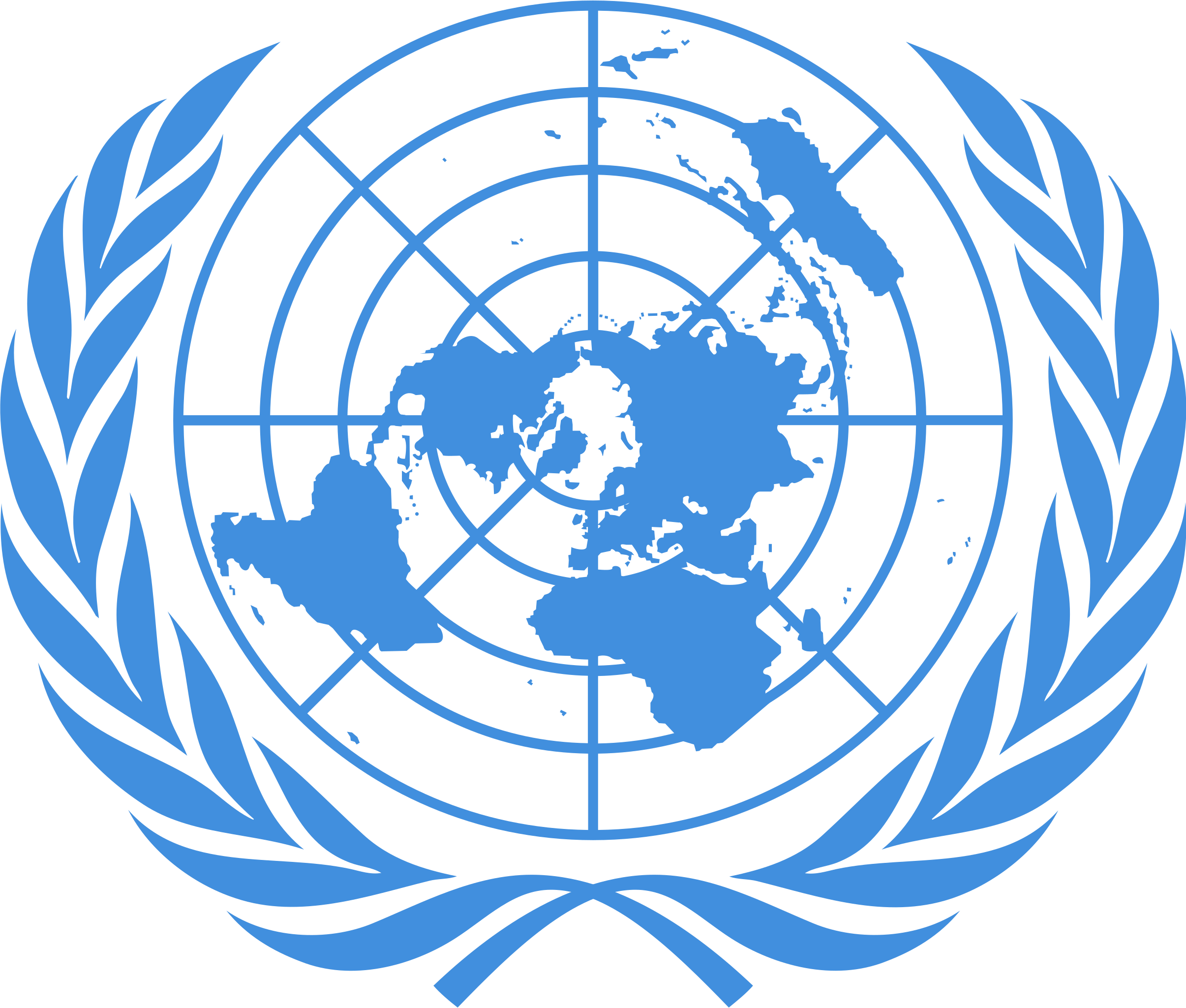

 Financial
Financial
 *Brazil economic data
*Brazil economic data

 Financial
Financial
 *China economic data
*China economic data

 Financial
Financial
 *Germany economic data
*Germany economic data

 Financial
Financial
 *European Union economic data
*European Union economic data

 Financial
Financial
 *France economic data
*France economic data

 Financial
Financial
 *India economic data
*India economic data

 Financial
Financial
 *Indonesia economic data
*Indonesia economic data

 Financial
Financial
 *Italy economic data
*Italy economic data

 Financial
Financial
 *Japan economic data
*Japan economic data

 Financial
Financial
 *Canada economic data
*Canada economic data

 Financial
Financial
 *Russia economic data
*Russia economic data

 Financial
Financial
 *United States economic data
*United States economic data

 Financial
Financial
 *United Kingdom economic data
*United Kingdom economic data

 United Nations
United Nations

 Economy and trade
Economy and trade
 Economic and political research
Economic and political research
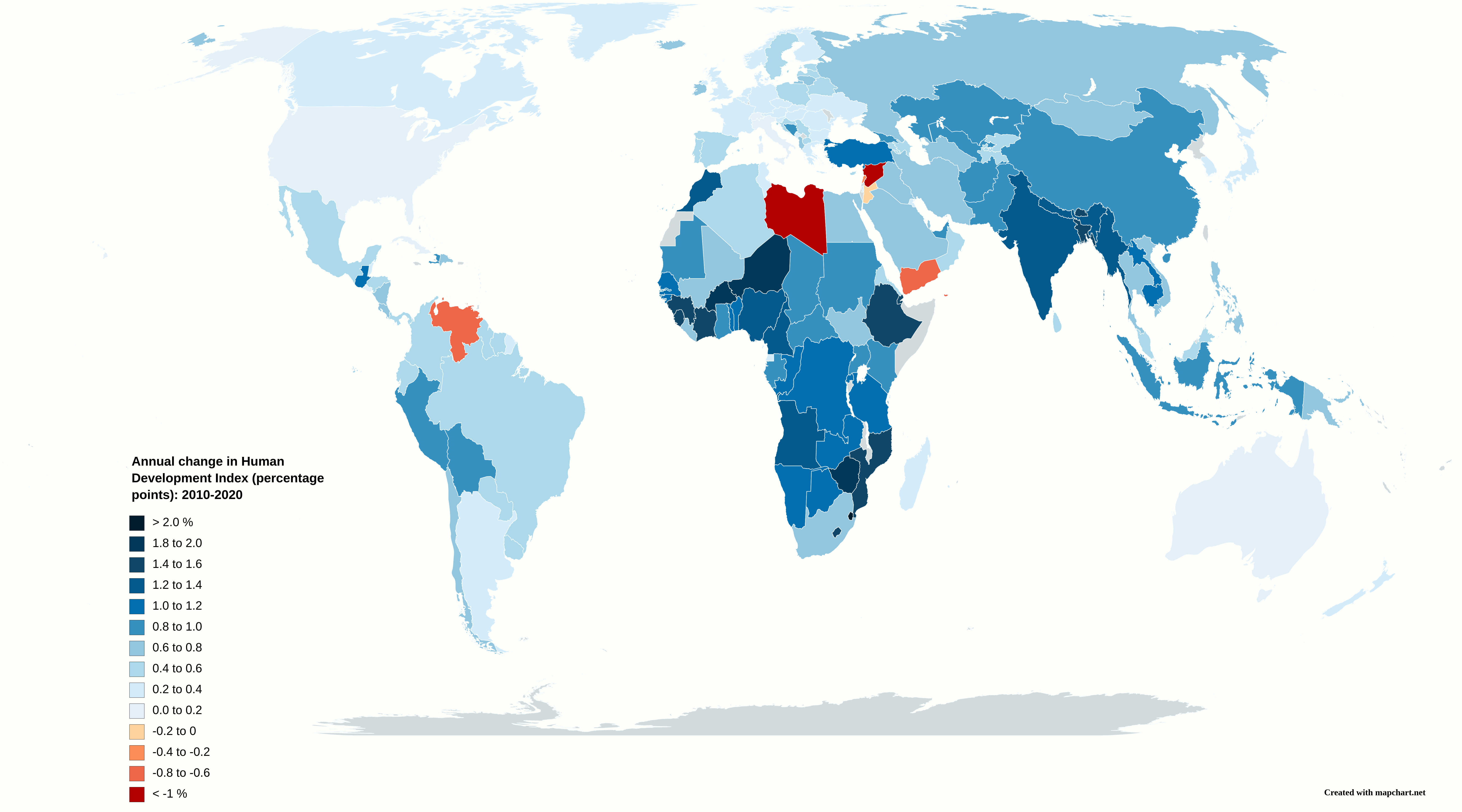
Der Index der menschlichen Entwicklung (englisch Human Development Index, abgekürzt HDI) der Vereinten Nationen ist ein Indikator für Staaten, der auch als Wohlstandsindikator bezeichnet wird.[1] Der HDI wird seit 1990 im jährlich erscheinenden Bericht über die menschliche Entwicklung (englisch Human Development Report) des Entwicklungsprogramms der Vereinten Nationen (UNDP) veröffentlicht.
Der HDI berücksichtigt nicht nur das Bruttonationaleinkommen pro Kopf, sondern ebenso die Lebenserwartung und die Dauer der Ausbildung anhand der Anzahl an Schuljahren, die eine 25-jährige Person absolviert hat, sowie der voraussichtlichen Dauer der Ausbildung eines Kindes im Einschulungsalter. Der HDI wurde im Wesentlichen von dem pakistanischen Ökonomen Mahbub ul Haq entwickelt, der eng mit dem indischen Ökonomen Amartya Sen sowie dem britischen Wirtschaftswissenschaftler und Politiker Meghnad Desai zusammenarbeitete.
Als Zusatz veröffentlicht das UNDP jedes Jahr den ungleichheitsbereinigten Index der menschlichen Entwicklung (IHDI: Inequality-adjusted Human Development Index). Dieser ergänzende Index ist ein Maß für menschliche Entwicklung, das Ungleichheit in Bildung, Gesundheit und Einkommen mit einschließt.
人类发展指数(英语:Human Development Index,缩写为HDI),是联合国开发计划署从1990年开始发布的一个指数,用以衡量各国社会经济发展程度的标准,并依此将各国和地区划分为四种等级:极高、高、中、低共四组。只有被列入第一组“极高”的国家才有可能成为发达国家。指数值根据出生时的平均寿命、受教育年限(包括平均受教育年限和预期受教育年限)、人均国民总收入计算出,在世界范围内可作为各国之间的比较。
人間開発指数(にんげんかいはつしすう、英語: Human Development Index, HDI)とは、各国を人間開発の4段階に順位付けするために用いられる平均余命、教育、識字及び所得指数の複合統計である。1990年にインド人経済学者のアマルティア・セン及びパキスタン人経済学者のマブーブル・ハックが開発し[1]、国際連合開発計画が刊行する[2]。
2010年の人間開発報告書では、不平等調整済み人間開発指数 (IHDI) が導入された。通常のHDIがなお有用である一方、IHDIは不平等を主要因とした人間開発の実際の水準を示し、HDIは「潜在的な」人間開発の指数又は不平等さえなければ実現可能な最大値のIHDIとして見なすことが可能である[3]。
男女格差に限定した類似指標としては、世界経済フォーラムが発表しているジェンダー・ギャップ指数が存在する。
The Human Development Index (HDI) is a statistic composite index of life expectancy, education (literacy rate, gross enrollment ratio at different levels and net attendance ratio), and per capita income indicators, which are used to rank countries into four tiers of human development. A country scores a higher HDI when the lifespan is higher, the education level is higher, and the gross national income GNI (PPP) per capita is higher. It was developed by Pakistani economist Mahbub ul Haq and was further used to measure a country's development by the United Nations Development Programme (UNDP)'s Human Development Report Office.[1][2][3]
The 2010 Human Development Report introduced an Inequality-adjusted Human Development Index (IHDI). While the simple HDI remains useful, it stated that "the IHDI is the actual level of human development (accounting for inequality), while the HDI can be viewed as an index of 'potential' human development (or the maximum level of HDI) that could be achieved if there were no inequality."[4]
The index is based on the human development approach, developed by Mahbub ul Haq, often framed in terms of whether people are able to "be" and "do" desirable things in life. Examples include – being: well fed, sheltered, healthy; doing: work, education, voting, participating in community life. The freedom of choice is central – someone choosing to be hungry (as during a religious fast) is quite different from someone who is hungry because they cannot afford to buy food, or because the country is in a famine.[5]
The index does not take into account several factors, such as the net wealth per capita or the relative quality of goods in a country. This situation tends to lower the ranking for some of the most advanced countries, such as the G7 members and others.[6]
L'indice de développement humain ou IDH (en anglais, human development index ou HDI) est un indice statistique composite pour évaluer le taux de développement humain des pays du monde. L'IDH se fondait alors sur trois critères : le PIB par habitant, l'espérance de vie à la naissance et le niveau d'éducation des enfants de 17 ans et plus.
Le concept du développement humain est plus large que ce qu'en décrit l'IDH qui n'en est qu'un indicateur, créé par le PNUD pour évaluer ce qui n'était mesuré auparavant qu'avec imprécision. L'indicateur précédemment utilisé, le PIB par habitant, ne donne pas d'information sur le bien-être individuel ou collectif, mais n'évalue que la production économique. Il présente des écarts qui peuvent être très importants avec l'IDH1. L'indice a été développé en 1990 par l'économiste indien Amartya Sen et l'économiste pakistanais Mahbub ul Haq2. Pour Sen comme pour le PNUD, le développement est plutôt, en dernière analyse, un processus d'élargissement du choix des gens qu'une simple augmentation du revenu national. Notons enfin qu'il existe un indice dérivé de l'IDH, le GDI (Gender-related Development Index), qui prend en compte les disparités liées au genre, soit les différences de situation de vie entre les hommes et les femmes d'un pays considéré.
La formule de calcul de l'IDH a été modifiée en 2010.
Dans le Rapport sur le développement humain de 2010, l'indice de développement humain ajusté selon les inégalités (IDHI) a été introduit. Bien que l'IDH reste utile, il mentionne que « l'IDHI est le niveau réel de développement humain (tenant compte des inégalités) » et que « l'IDH peut être vu comme un indice de développement humain "potentiel" (c'est-à-dire le niveau maximum d'IDHI qui pourrait être atteint en l'absence d'inégalités) »3.
L'indice di sviluppo umano (ISU, in inglese: Human Development Index, HDI) è un indicatore di sviluppo macroeconomico elaborato nel 1990 dall'economista pakistano Mahbub ul Haq, seguito inizialmente anche dall'economista indiano Amartya Sen. È stato utilizzato, accanto al PIL (prodotto interno lordo), dall'Organizzazione delle Nazioni Unite a partire dal 1993 per valutare la qualità della vita dei membri di un Paese.
In precedenza, veniva utilizzato soltanto il PIL, indicatore di sviluppo macroeconomico che rappresenta il valore monetario dei beni e dei servizi prodotti in un anno su un determinato territorio nazionale e che si basa quindi esclusivamente sulla crescita e non tiene conto del capitale (soprattutto naturale) che viene perso nei processi di crescita. Questi parametri misurano esclusivamente il valore economico totale o una distribuzione media del reddito. In pratica, un cittadino molto ricco ridistribuisce la sua ricchezza su molti poveri falsando in tal modo il livello di vita di questi ultimi.
Si cercò quindi, attraverso l'indice di sviluppo umano, di tener conto di differenti fattori, oltre al PIL procapite, che non potevano essere detenuti in modo massiccio da un singolo individuo, come l'alfabetizzazione e la speranza di vita, ottenendo in questo modo un indice multidimensionale. La scala dell'indice è in millesimi decrescente da 1 a 0 e si suddivide, in base ai quartili (dal 2010), in quattro gruppi: Paesi a sviluppo umano molto alto, Paesi ad alto sviluppo umano, Paesi a medio sviluppo e Paesi a basso sviluppo umano.
El índice de desarrollo humano (IDH) es un indicador del desarrollo humano por país, elaborado por el Programa de las Naciones Unidas para el Desarrollo (PNUD). Ha evolucionado al Índice de Desarrollo Ajustado por Desigualdad (IDHD).
Es un indicador sintético de los logros medios obtenidos en las dimensiones fundamentales del desarrollo humano, a saber, tener una vida larga y saludable, adquirir conocimientos y disfrutar de un nivel de vida digno. El IDH es determinado por la media aritmética de los índices normalizados de cada una de las tres dimensiones.
La dimensión de la salud se evalúa según la esperanza de vida al nacer, y la de la educación se mide por los años promedio de escolaridad de los adultos de 25 años o más y por los años esperados de escolaridad de los niños en edad escolar. La dimensión del nivel de vida se mide conforme al PIB per cápita.2
Индекс человеческого развития (ИЧР), до 2013 года «Индекс развития человеческого потенциала» (ИРЧП) — интегральный показатель, рассчитываемый ежегодно для межстранового сравнения и измерения уровня жизни, грамотности, образованности и долголетия как основных характеристик человеческого потенциала исследуемой территории. Он является стандартным инструментом при общем сравнении уровня жизни различных стран и регионов. Индекс был разработан в 1990 году группой экономистов во главе с пакистанцем Махбубом уль-Хаком; его концептуальная структура была создана благодаря работе Амартии Сена. Индекс публикуется в рамках Программы развития ООН в ежегодных отчётах о развитии человеческого потенциала с 1990 года.
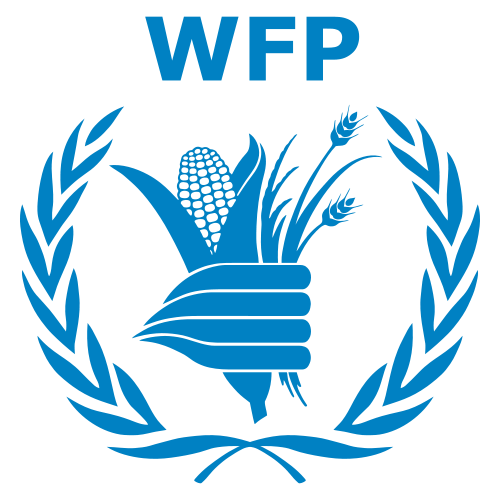
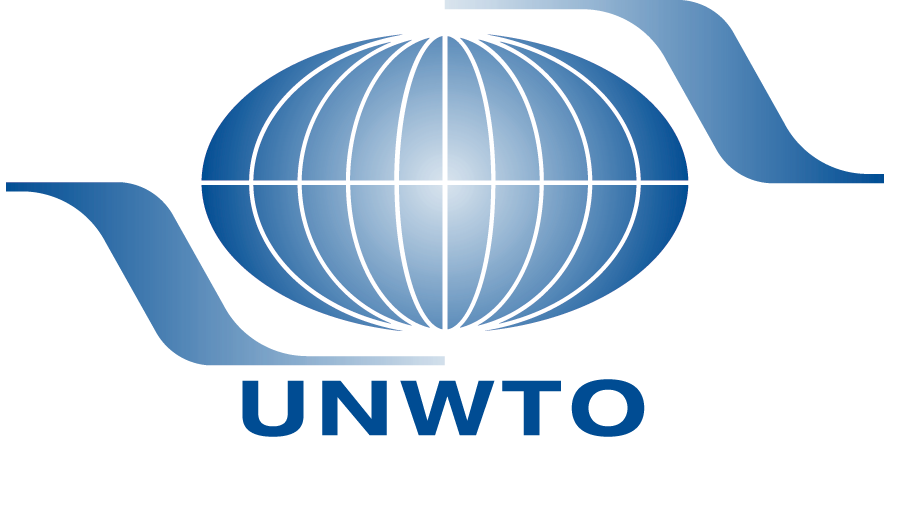

Die UN-Klimakonferenz (englischer Originaltitel United Nations Climate Change Conference, auch (Welt-)Klimagipfel oder Welt-Klimakonferenz) ist die jährlich stattfindende Vertragsstaatenkonferenz (Conference of the Parties, COP) der UN-Klimarahmenkonvention.
Seit 2005 ist die Konferenz um das Treffen der Mitglieder des Kyoto-Protokolls ergänzt worden (Conference of the Parties serving as the meeting of the Parties to the Protocol, COP/MOP, kurz CMP), seit 2018 um das der Mitglieder des Übereinkommens von Paris (Conference of the Parties serving as the meeting of the Parties to the Paris Agreement, kurz CMA).
Im Mittelpunkt der Klimakonferenzen stand lange Zeit, ein Nachfolgeprotokoll für das im Jahr 2012 auslaufende Kyōto-Protokoll und damit ein neues völkerrechtlich verbindliche Instrument der Klimapolitik zu entwickeln. Im Kyōto-Protokoll selbst sind nur vergleichsweise geringe Verpflichtungen der Industriestaaten zur Reduktion ihres Ausstoßes an Treibhausgasen festgeschrieben. Auf der UN-Klimakonferenz in Durban 2011 wurde beschlossen, dass das Kyōto-Protokoll um eine zweite Verpflichtungsperiode verlängert werden soll, Reduktionsziele und Dauer der zweiten Verpflichtungsperiode bis Ende 2020 wurden auf der 18. UN-Klimakonferenz in Katar 2012 festgelegt.
Eine globale Post-Kyoto-Regelung, an die viele nach dem Scheitern der UN-Klimakonferenz in Kopenhagen 2009 nicht mehr glaubten, wurde auf der 21. UN-Klimakonferenz in Paris beschlossen. Der Vertrag trat am 4. November 2016 in Kraft.
Der Austragungsort des Klimagipfels rotiert zwischen den fünf UN-Ländergruppen: der afrikanischen, der asiatisch-pazifischen, der lateinamerikanisch-karibischen, der osteuropäischen und der westeuropäisch-nordamerikanisch-australischen.
联合国气候变化大会(又称联合国气候变化会议)是《联合国气候变化框架公约》的年度缔约方会议(COP)。
自 2005 年起,该会议由《京都议定书》成员会议(作为《议定书》缔约方会议的《公约》缔约方会议,简称《议定书》/《公约》缔约方会议,简称《议定书》/《公约》缔约方会议)和自 2018 年起由《巴黎协定》成员会议(作为《巴黎协定》缔约方会议的《公约》缔约方会议,简称《巴黎协定》缔约方会议)加以补充。
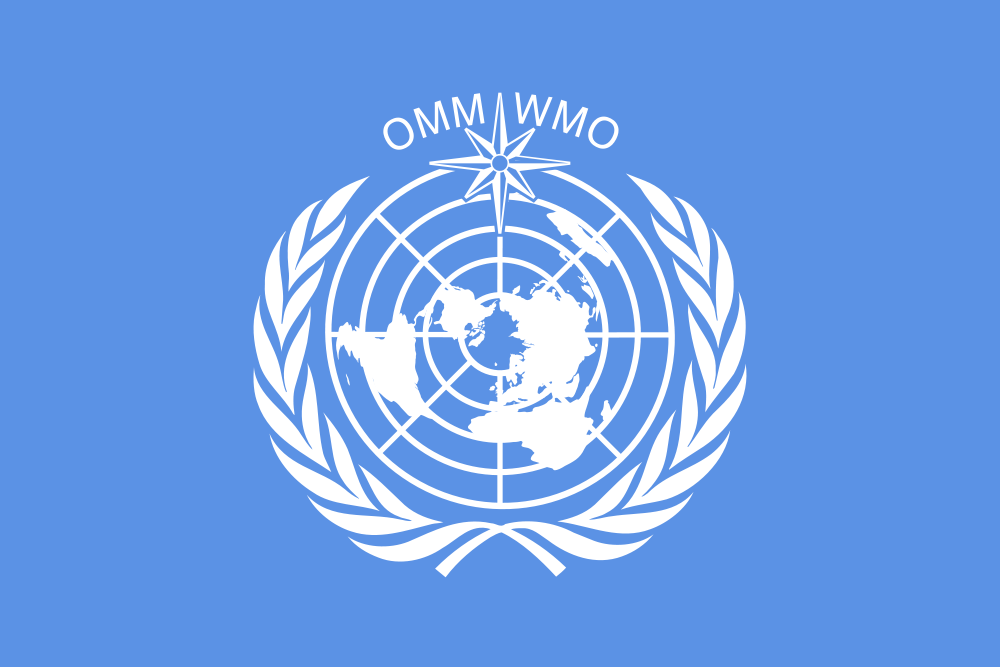
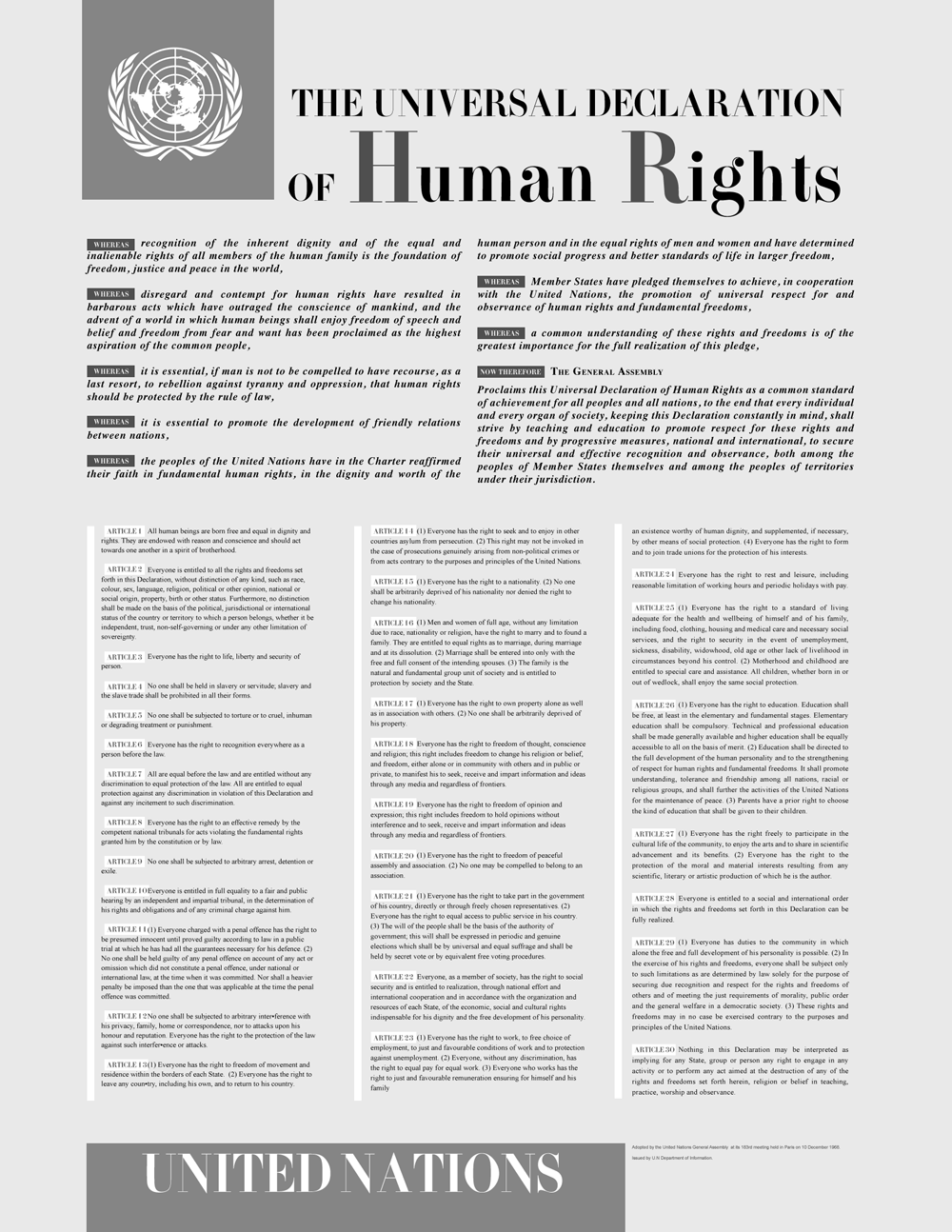

 Medical, Pharmaceutical, Rehabilitation
Medical, Pharmaceutical, Rehabilitation
 Switzerland
Switzerland
 Genf
Genf

 Important International Organizations
Important International Organizations
 World Health Organization, WHO
World Health Organization, WHO
 Margaret Chan
Margaret Chan
 World Health Organization, WHO
World Health Organization, WHO
 Tedros Adhanom
Tedros Adhanom

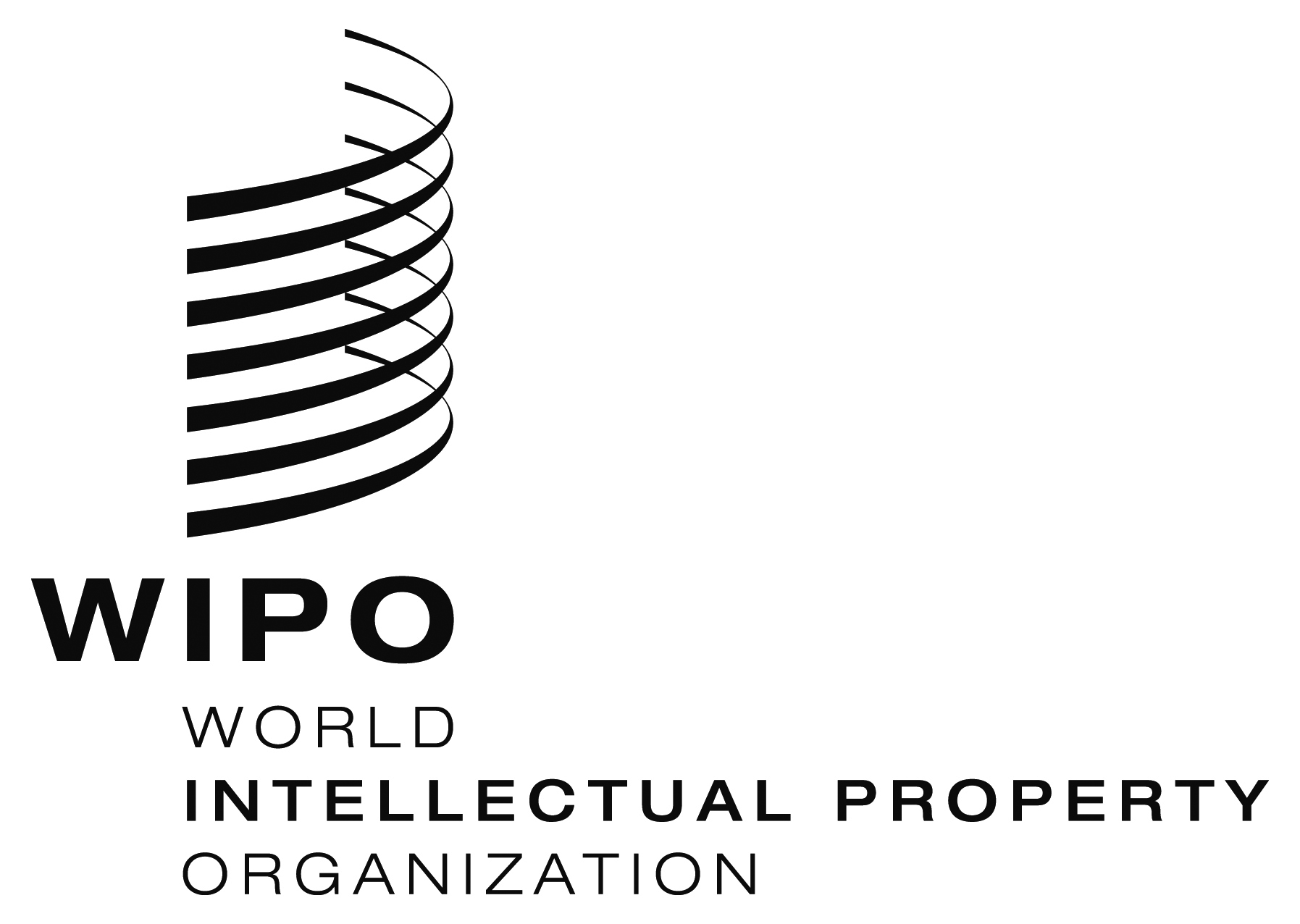
 Generalsekretär der Vereinten Nationen
Generalsekretär der Vereinten Nationen
 Trygve Halvdan Lie
Trygve Halvdan Lie

 United Nations
United Nations
 Secretary-General of the United Nations
Secretary-General of the United Nations
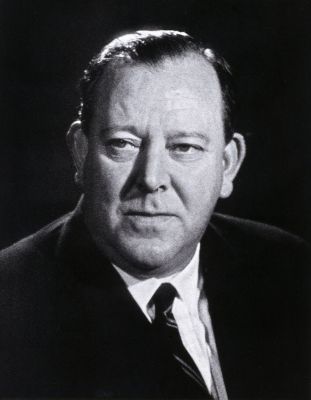

Das Palais des Nations (deutsch Völkerbundpalast) ist ein zwischen 1929 und 1938[1] gebauter Gebäudekomplex im Ariana-Park in der Schweizer Stadt Genf, der von 1933 bis zur Auflösung des Völkerbundes im Jahr 1946 der Hauptsitz dieser Institution war. Von der Gründung des Völkerbundes im Jahr 1920 bis zum Umzug in das Palais des Nations befand sich der Sitz des Völkerbundes im Genfer Palais Wilson, das auch nach 1936 weiterhin vom Völkerbund genutzt wurde und gegenwärtig als Sitz des Hohen Kommissars der Vereinten Nationen für Menschenrechte (UNHCHR) fungiert. Das Palais des Nations wurde nach der Gründung der Vereinten Nationen (UN) als faktischer Nachfolgeinstitution des Völkerbundes von den UN weitergenutzt und steht seit dem 1. August 1946 in deren Eigentum. Seit 1966 ist das Palais des Nations der europäische Hauptsitz der Vereinten Nationen (Büro der Vereinten Nationen in Genf) und weltweit der zweitwichtigste Sitz der UN nach dem Hauptquartier in New York.
Jährlich finden im Genfer Hauptquartier der Vereinten Nationen etwa 8.000 Treffen statt, davon ca. 600 grössere Konferenzen. Einige Bereiche sind durch Führungen für Besucher zugänglich. Diese Möglichkeit wird jährlich von etwa 100.000 Menschen genutzt.
万国宫(法语:Palais des Nations;英语:Palace of Nations),位于瑞士日内瓦,建于1929年并于1938年设定为国际联盟总部。虽然瑞士直到2002年才加入联合国,但从1950年代开始,万国宫就作为联合国欧洲总部所在地。
1920年代的一场建筑竞赛是这样描述这个建筑计划的:
"作为竞赛对象的这个宫殿将作为国际联盟在日内瓦所有机构的所在地。他应该设计得让这些机构,当面对一个国际范围的问题时,能够在一个安静和独立的环境中运行,工作,主持并展开对话。"
此建筑原委由建筑师所组成的评审团,自377件作品中挑选出将采用兴建的设计稿,但评审团却未能决定能够脱颖而出的中选作品,最终决议由提案中票数领先的五位建筑师联合设计。分别是:意大利的卡洛·保罗杰,瑞士的朱利安·弗莱根海默,法国的卡米尔·勒费夫尔和亨利·保罗·尼诺,和匈牙利的约瑟夫·瓦戈。盟约国的捐助被用在内部装修上。
联合国经手后,主楼旁边扩充了两栋大楼。1950年代初,"K"楼增建了三层,而新建的"D"楼暂时被用作世界卫生组织的办公楼。"E"楼(又称新楼)建于1973年并用作会议场所。如今整个建筑有600米长,内设34间会议厅,2800间办公室。
万国宫位于由Revilliod de Rive家族遗赠给日内瓦市的Ariana公园中,当时的条件是让一些孔雀自由地在公园中活动,而它们今天成为了那里的一道景观。公园中还保存这一栋1668年的小木屋。
在万国宫基石下藏着一个装有一份国际联盟会员国名单、一份《国际联盟盟约》,和国际联盟第十届大会所有出席国家的硬币样品的小匣子。建筑物正对着日内瓦湖和湖对面的法属阿尔卑斯山脉。
パレ・デ・ナシオン (フランス語: Palais des Nations) は、スイスのジュネーヴにある建物。現在、国際連合ジュネーヴ事務局として使われている。 日本ではフランス語をカタカナに音写した「パレ・デ・ナシオン」と呼ぶことが多い。英語ではPalace of Nations、中国語では万国宮と訳されている。 国際連盟の本部として、1929年から1936年にかけて建設され、1936年から本部として使われた。国際連盟が解散した1946年からは国連ジュネーヴ事務局として使われている(ただし、スイスの国連加盟は2002年)。
The Palace of Nations (French: Palais des Nations, pronounced [palɛ de nɑsjɔ̃]) is the home of the United Nations Office at Geneva, located in Geneva, Switzerland. It was built between 1929 and 1938[1] to serve as the headquarters of the League of Nations. It has served as the home of the United Nations Office at Geneva since 1946 when the Secretary-General of the United Nations signed a Headquarters Agreement with the Swiss authorities, although Switzerland did not become a member of the United Nations until 2002.
In 2012 alone, the Palace of Nations hosted more than 10,000 intergovernmental meetings.[2]
Le palais des Nations est un complexe de bâtiments construits entre 1929 et 1937 au sein du parc de l'Ariana à Genève (Suisse). Il sert de siège à la Société des Nations (SDN) jusqu'en 1946 puis est occupé par l'Organisation des Nations unies. En 1966, le palais devient le siège européen des Nations unies (Office des Nations unies à Genève ou ONUG) et le second plus important de l'organisation après le siège de l'ONU à New York.
Chaque année, le quartier général genevois des Nations unies accueille environ 8 000 réunions dont près de 600 grandes conférences. Quelques secteurs du palais sont accessibles aux visiteurs qui sont au nombre d'environ 100 000 par an.
Il Palais des Nations[1] (in italiano Palazzo delle Nazioni) è un complesso di edifici contigui che ospita la sede dell'Ufficio delle Nazioni Unite a Ginevra in Svizzera.
Fu costruito tra il 1929 e il 1938[1] per ospitare il quartier generale della Società delle Nazioni. In seguito dal 1946 è stato utilizzato come sede dell'Ufficio delle Nazioni Unite a Ginevra, quando il Segretario generale delle Nazioni Unite ha firmato un accordo di sede con le autorità svizzere, sebbene la Svizzera sia diventata membro delle Nazioni Unite solo nel 2002. Solo nel 2012, il Palazzo delle Nazioni ha ospitato oltre 10 000 riunioni intergovernative.[2]
El Palacio de las Naciones es un complejo de edificios que fueron construidos entre 1929 y 1937 en el seno del Parque Ariana en Ginebra (Suiza). Sirvió de sede a la Sociedad de Naciones (SDN) hasta 1946. Más tarde fue ocupado por la Organización de las Naciones Unidas y en 1966, el palacio se convierte en su sede europea (Oficina de la Organización de las Naciones Unidas en Ginebra u ONUG) y en la segunda más importante de la organización después de la sede de Nueva York.
Cada año, el recinto ginebrino de las Naciones Unidas acoge alrededor de 8000 reuniones entre las que hay cerca de 600 importantes conferencias. Algunas zonas del palacio son accesibles para las 100.000 personas que aproximadamente lo visitan cada año.
Дворец Наций (фр. Palais des Nations) — комплекс зданий, построенный в период между 1929 и 1938 годами, в парке Ариана, в Женеве, Швейцария. Дворец Наций использовался в качестве штаб-квартиры Лиги Наций до 1946 года. С 1966 года во Дворце размещается Европейское отделение ООН в Женеве — вторая важнейшая резиденция ООН в мире после Нью-Йорка.
Кроме того, во Дворце также размещаются офисы региональных отделений МАГАТЭ, ЮНЕСКО, ЮНКТАД, УКГВ ООН, Организации Объединённых Наций по промышленному развитию, а также Продовольственной и сельскохозяйственной организации ООН (ФАО).
Каждый год в женевской штаб-квартире ООН проводится около 8000 заседаний, из которых около 600 являются крупными конференциями. 100 тысяч человек ежегодно посещает открытые залы Дворца в качестве туристов.




Das Vienna International Centre (VIC, deutsch Internationales Zentrum Wien, oft synonym als UNO-City bezeichnet[Anm. 1]) ist ein Amtssitzzentrum für internationale Organisationen im 22. Wiener Gemeindebezirk, Donaustadt. Es wurde 1973–1979 von der Republik Österreich und der Stadt Wien nach den Plänen des österreichischen Architekten Johann Staber errichtet. Österreich hatte den Vereinten Nationen (UNO) 1967 ein solches Internationales Zentrum angeboten.
Das VIC ist Sitz des United Nations Office at Vienna (UNOV) und anderer internationaler Organisationen. Es wird den Vereinten Nationen zu einem symbolischen Pachtzins von 7 Eurocent (bis 2001: 1 Schilling) pro Jahr für 99 Jahre vermietet. Die Betriebskosten werden von den einzelnen Organisationen selbst getragen. Die Einrichtungen der Organisationen im VIC sind extraterritorial.[2]
Als weiterer Gebäudekomplex der UNO-City[Anm. 1] wurde zwischen 1983 und 1987 neben dem Internationalen Zentrum VIC das bereits von Beginn an mitgeplante Austria Center Vienna errichtet. Es ist Österreichs größtes Kongresszentrum, in dem Veranstaltungen aller Art durchgeführt werden können. Um den seit September 1982 mit der U-Bahn-Linie U1 erreichbaren Komplex entstand zwischen Alter Donau und Neuer Donau bis zum Jahr 2000 ein neuer Stadtteil namens Donau City.
维也纳国际中心(英语:Vienna International Centre;德语:Internationales Zentrum Wien),通常称作维也纳联合国城,为联合国维也纳办事处(UNOV)所在地,位于多瑙河以北。维也纳国际中心由奥地利建筑师 Johann Staber 设计,兴建于1973年到1979年。在维也纳建立国际机构的最初想法来自于奥地利总理布鲁诺·克赖斯基。
六座Y形办公大楼环绕着圆柱会议大楼,总面积为23万平方米。最高处高127米,28层。约有5000人在维也纳国际中心工作,因此设有餐饮,购物设施和一个邮局,两家银行(奥地利银行和联合国联邦信贷联盟)和旅行社。
维也纳国际中心是治外法权区域,不受当地法律管辖。
 Geography
Geography
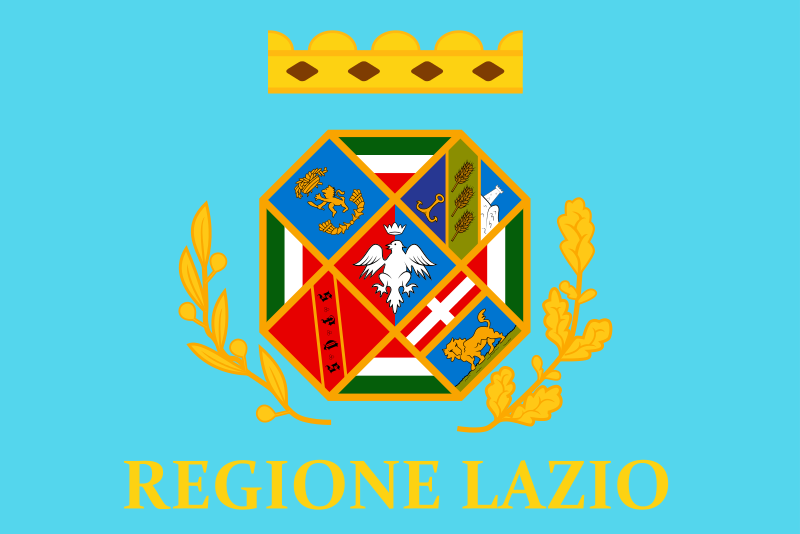 Lazio
Lazio
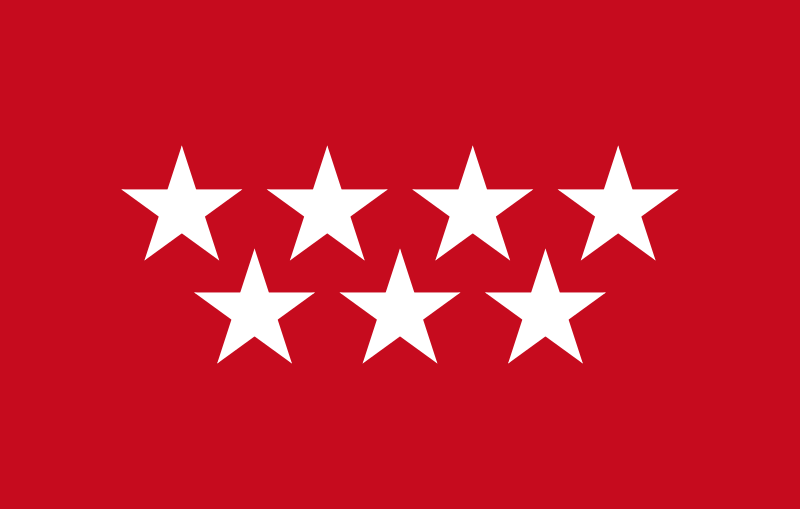 Madrid
Madrid
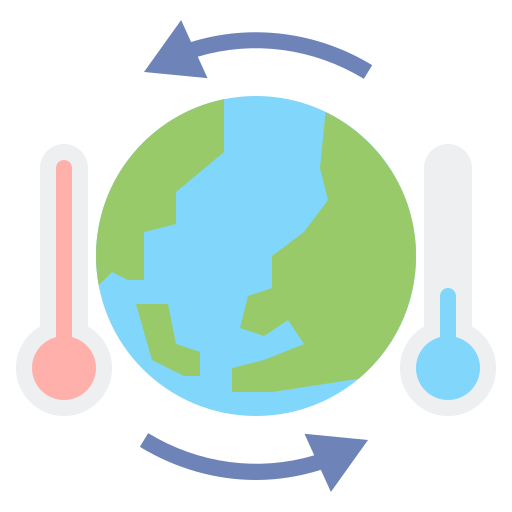 Climate
Climate
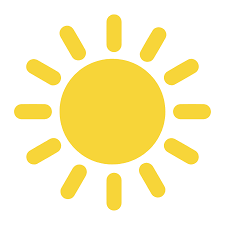 Energy resource
Energy resource
 Hand in Hand
Hand in Hand
 Architecture
Architecture
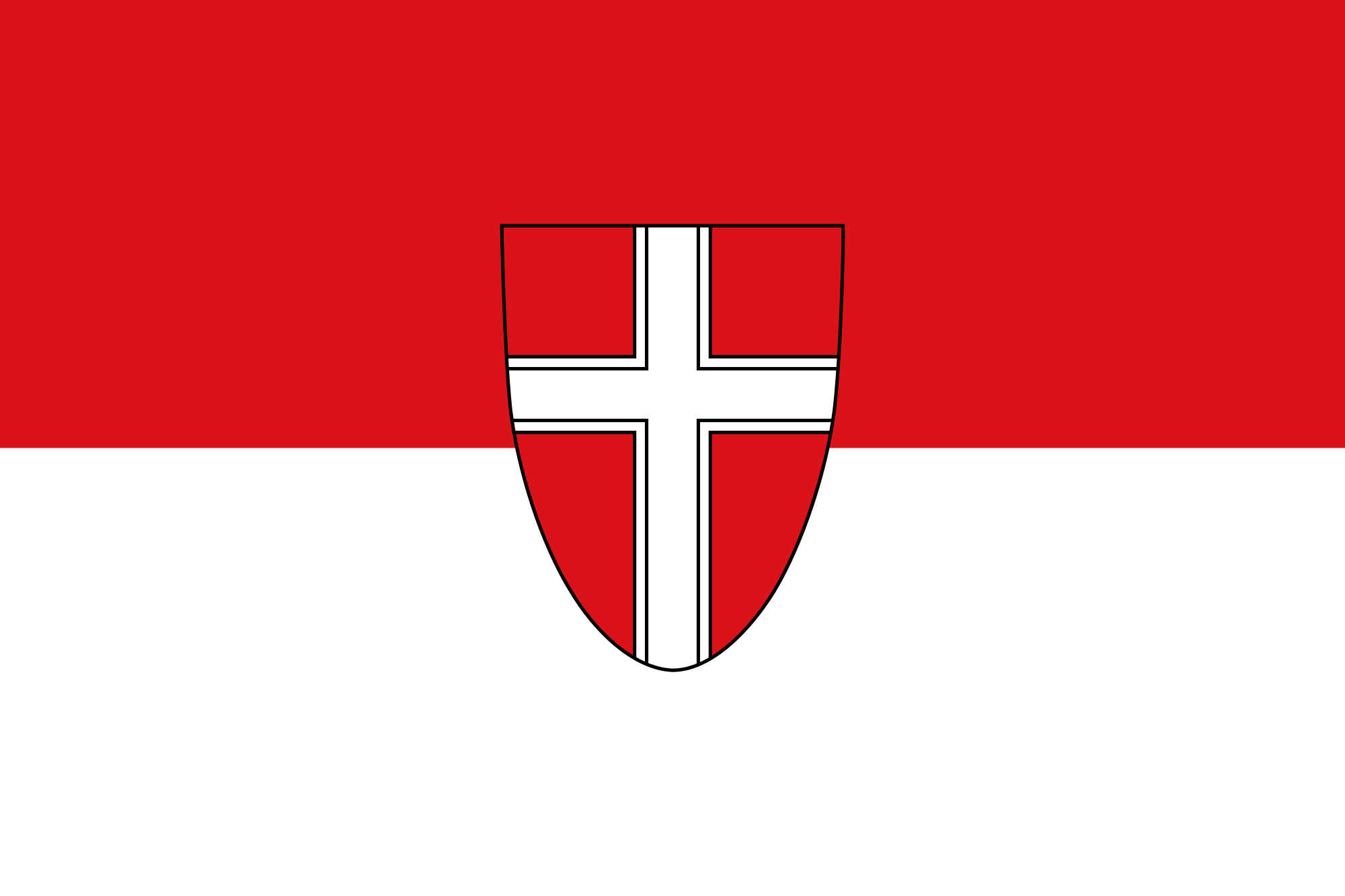 Vienna
Vienna